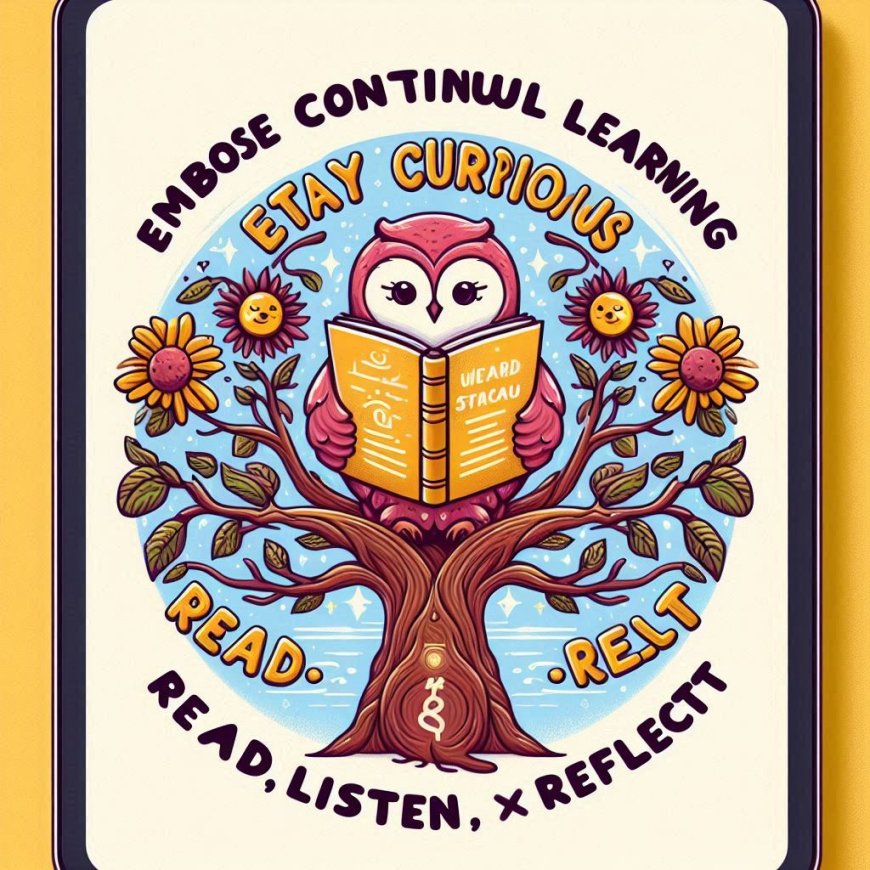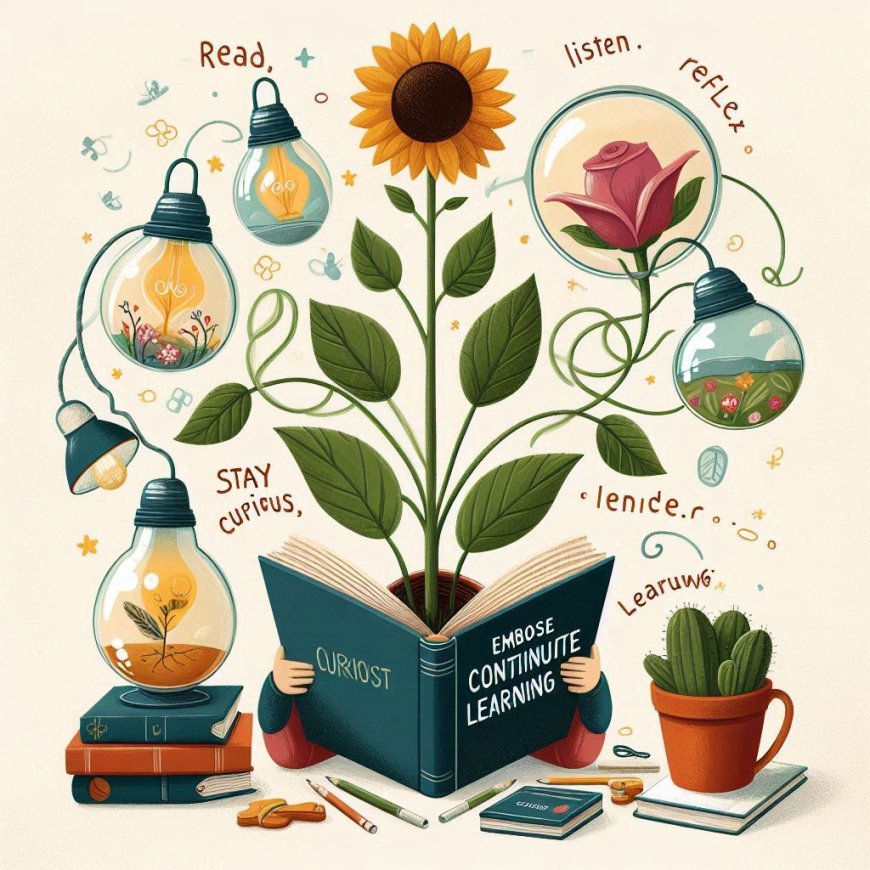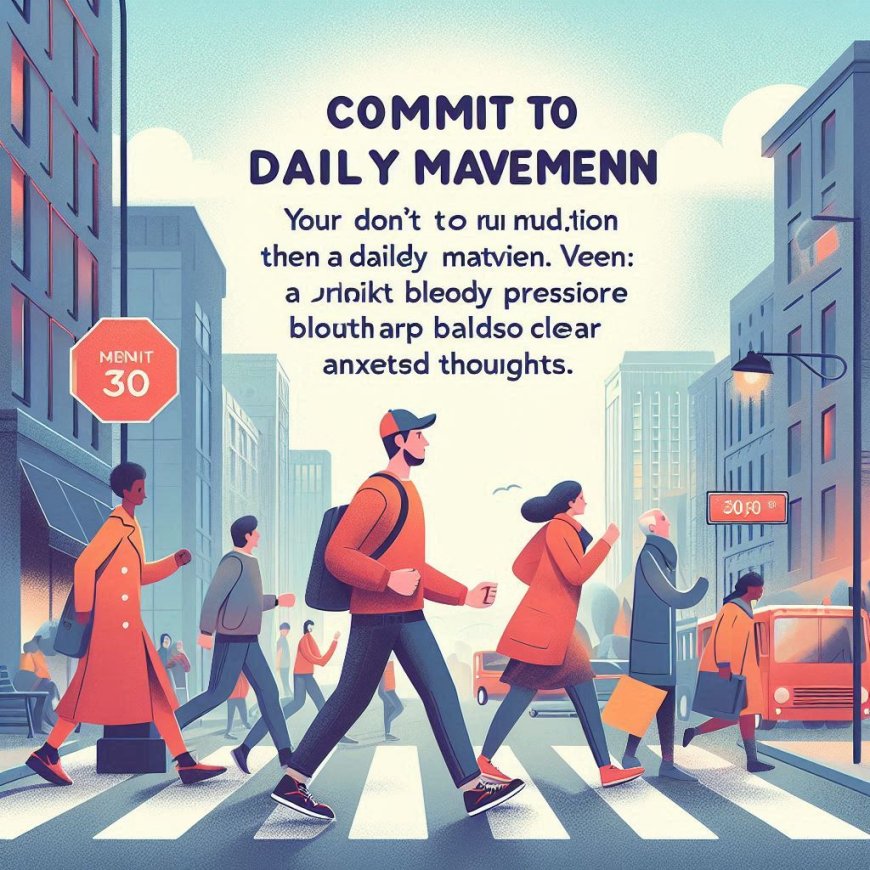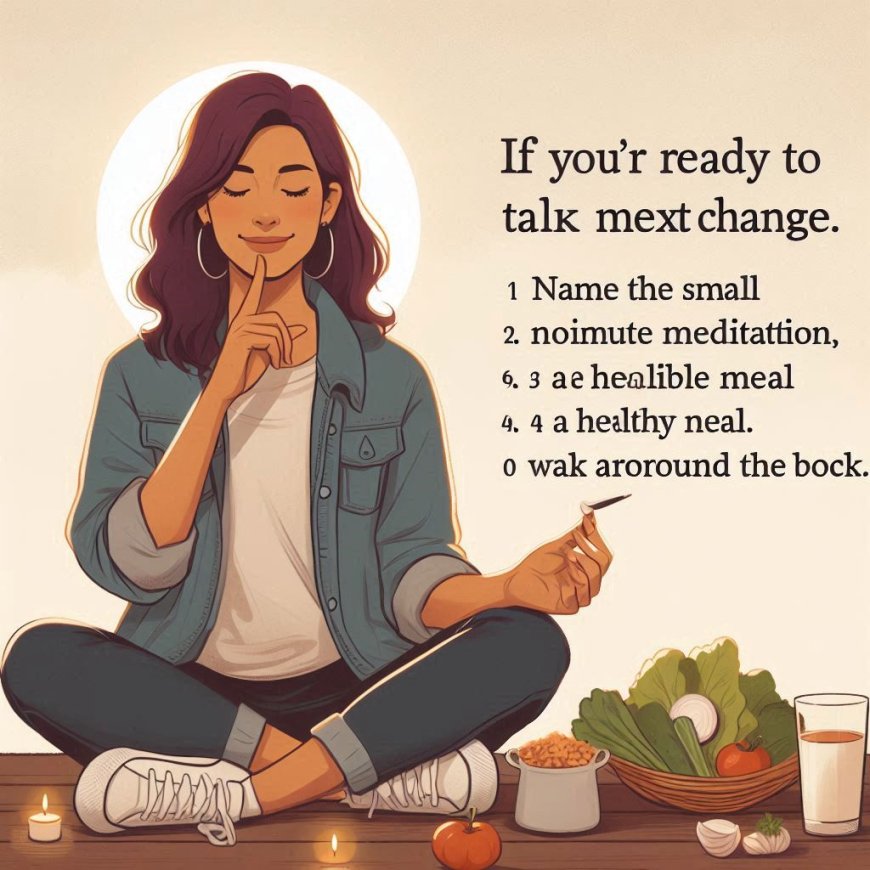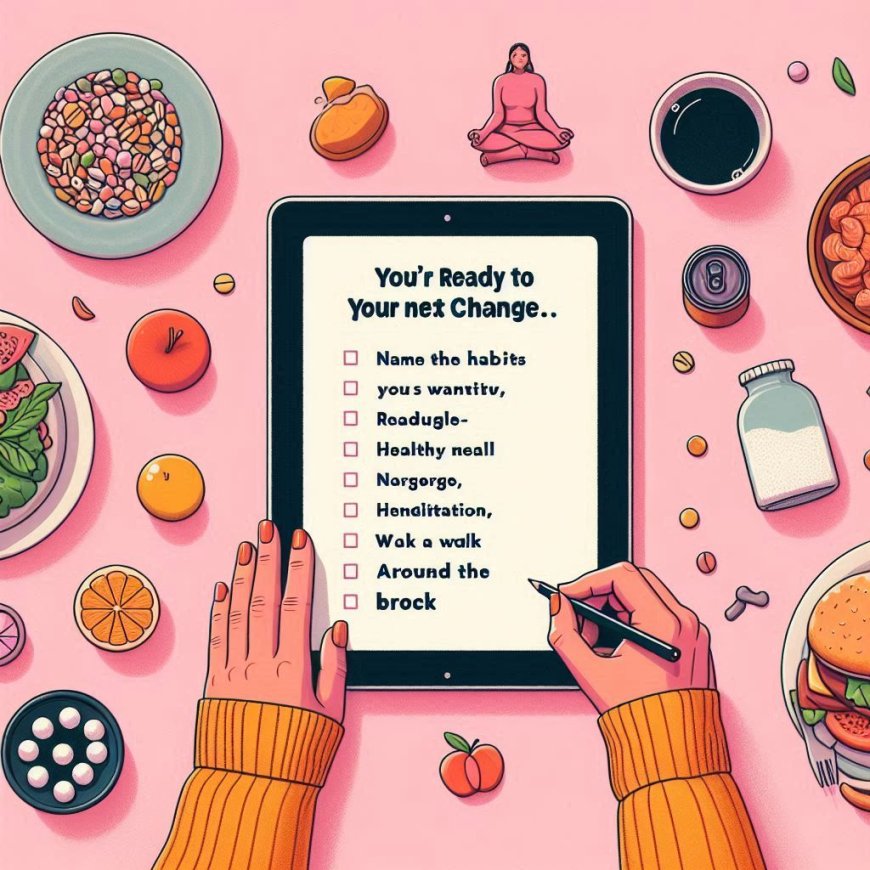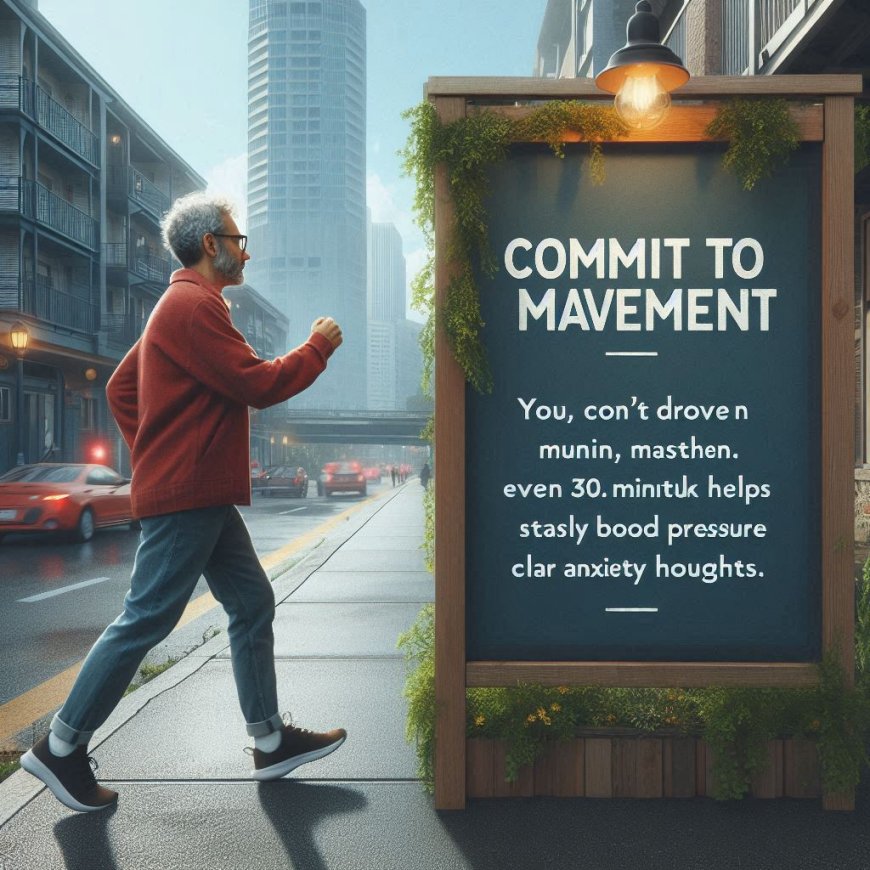Is Your Anxiety Silently Raising Your Blood Pressure? Discover the Simple Shift That Protects Your Heart—and Your Happiness
Discover how mindfulness, diet, and simple lifestyle shifts can help you reduce anxiety, lower blood pressure, and reclaim your well-being.
How to Break Free from Hypertension: Mindfulness, Diet, and Lasting Lifestyle Changes
Introduction:
Hypertension—known as the “silent killer”—has woven itself into the fabric of modern life, affecting millions of people across the globe. If you’re reading this, chances are you’ve felt the weight of stress, raced against relentless deadlines, or questioned the cost of fast-paced living. I’ve walked that very path, once thinking that life was simply about chasing or dodging experiences. But as I journeyed inward, the answers I found changed not only my beliefs, but my health.
Today, I want to invite you to slow down with me. Let’s explore together how you—and anyone—can start reclaiming their health, both body and mind. If you’re struggling with hypertension, anxious thoughts, or simply striving for better well-being, this post is for you. I’ll share what I discovered through personal trial, deep reflection, and research—the catalysts for healing that you have the power to harness right now.
Understanding Hypertension in Our Modern World
We live in a world marked by rapid change and constant stimulation. Technology connects us, but also pushes us to our limits. It’s no wonder hypertension has become an everyday reality, touching every age group and demographic.
But hypertension isn’t a random twist of fate. It’s often a result of subtle, unchecked factors in our daily lives—many of which you can change, once you recognize them.
- Stress and Anxiety: Modern stressors, whether at work or home, can keep our bodies in a state of fight-or-flight. The constant uptick in cortisol and adrenaline doesn’t just affect mood—it nudges blood pressure up, day by day.
- Lifestyle Choices: Skipping meals, grabbing fast food, and sitting at a desk for hours... these habits sabotage our well-being, escalating blood pressure and weakening our resilience.
- Physical Health: Underlying illnesses, such as obesity, diabetes, or recurring infections like pneumonia, can also contribute to the development of hypertension, creating a ripple effect throughout the body.
So, what transforms everyday stress and poor habits into a silent, life-threatening menace? The answer ultimately comes down to how we judge, process, and respond to the challenges life presents.
The Mind-Body Connection: Meditation and Self-Reflection
For most of my life, I found deep reflection challenging. It felt easier to chase distractions or perform simple actions, hoping for complex results. But tossing anxiety aside is a temporary fix—the underlying turmoil remains.
Recently, I tried something different. I slowed my body and mind through deep meditation, gently confronting the anxious thoughts I’d spent years ignoring. In this calm state, I asked myself: What factors could lead to severe conditions like hypertension and pneumonia if left unchecked? This was not just soul-searching—it was the start of healing.
Here’s what I learned:
1. Acknowledge Your Mental Obstacles.
Healing begins with awareness. Instead of dismissing anxious thoughts, give them space to exist. Recognizing their presence allows you to understand triggers and patterns, setting the stage for change.
2. Process, Don’t Suppress.
Suppression doesn’t work. I visualized my anxious thoughts, examining how they made my body feel—tension in the chest, tightness around my temples. Naming these sensations helped reduce their power over me.
3. Use Mindfulness as a Tool.
Mindfulness meditation, even for just 10-15 minutes daily, creates a buffer against stress. Scientific studies confirm its ability to lower blood pressure, boost immune function, and promote emotional regulation.
4. Reflect to Reframe.
Instead of viewing life as a series of problems to solve or avoid, see each experience as a chance to grow. This mindset shift can reshape stress into something more manageable, even meaningful.
The Power of Nutrition: Eating Your Way to Calm
After examining my mental landscape, I turned to my diet. Could nourishing my body help calm my mind and control my blood pressure? All signs pointed to yes.
Why Diet Matters:
What you eat doesn’t just fuel your body—it feeds your mind, affecting mood, stress hormones, and resilience to disease. Diets high in sodium, processed foods, and sugar can spike blood pressure; diets rich in fresh foods and nutrients have the opposite effect.
Balanced Diet, Proven Benefits:
- Regulates blood pressure naturally
- Reduces inflammation (a key factor in hypertension and pneumonia)
- Boosts energy and mood, making it easier to manage anxiety and stress
Key Components of a Hypertension-Fighting Diet:
1. Reduce Salt Intake:
Swap processed snacks for whole foods. Use herbs and spices for flavor rather than salt.
2. Load Up on Fresh Produce:
Fruits and vegetables provide potassium, magnesium, and antioxidants that help counteract the effects of sodium and protect blood vessels.
3. Choose Healthy Fats:
Foods such as olive oil, avocados, nuts, and fatty fish support brain health and help reduce arterial inflammation.
4. Prioritize Barley:
Oats, quinoa, and barley help regulate blood pressure and keep you feeling full.
5. Stay Hydrated:
Water is essential for optimal circulation. Herbal teas can have added calming effects.
6. Limit Processed and Sugary Foods:
These can trigger insulin spikes and inflammation, contributing to hypertension and anxiety.
Through mindful, nutritious eating, I found more than just physical strength—I found mental clarity and resilience.
Lifestyle Changes: Small Steps, Lasting Results
Here are the steps I’ve found most helpful:
1. Commit to Daily Movement:
You don’t have to run marathons. Even a brisk 30-minute walk helps steady blood pressure and clear anxious thoughts.
2. Prioritize Sleep:
Quality sleep replenishes the body and stabilizes stress hormones. Set a regular schedule and create a calming bedtime routine.
3. Build a Support System:
Share your goals with friends or join support groups. Connection fosters accountability and enables vulnerability.
4. Track Your Progress:
Journaling isn’t just reflective—it’s motivational. Record what you eat, how you feel, and your blood pressure readings. Celebrate small victories.
5. Embrace Continuous Learning:
Stay curious. Read, listen, reflect. Growth is a lifelong process, and every day offers new lessons.
Summary and Conclusion: Claim Your Health, One Choice at a Time
Let’s step back and reflect. Hypertension and its related conditions aren’t inevitable outcomes of modern life—they’re wake-up calls, invitations to slow down and pay attention. My journey, full of trial, error, and self-discovery, revealed powerful lessons:
Facing anxious thoughts, rather than fleeing from them, brings relief.
Meditation and mindfulness are transformative tools that are accessible to all.
- A balanced, nourishing diet fuels both mental and physical healing.
- Lasting change comes from small, consistent lifestyle choices.
If you’re ready to take your next step, start with a moment of reflection. Name the habits you want to change. Pick one small, doable change—be it a 10-minute meditation, a healthy meal, or a walk around the block. Celebrate your progress, and remember: you have the power to manage hypertension, reduce anxiety, and unlock a richer, calmer life.
Don’t wait for a crisis to remind you of your value. Begin your journey to better health TODAY. Your strongest, calmest self is just around the corner—waiting for you to take that first, vital step.
What's Your Reaction?
 Like
0
Like
0
 Dislike
0
Dislike
0
 Love
0
Love
0
 Funny
0
Funny
0
 Angry
0
Angry
0
 Sad
0
Sad
0
 Wow
0
Wow
0





















































































